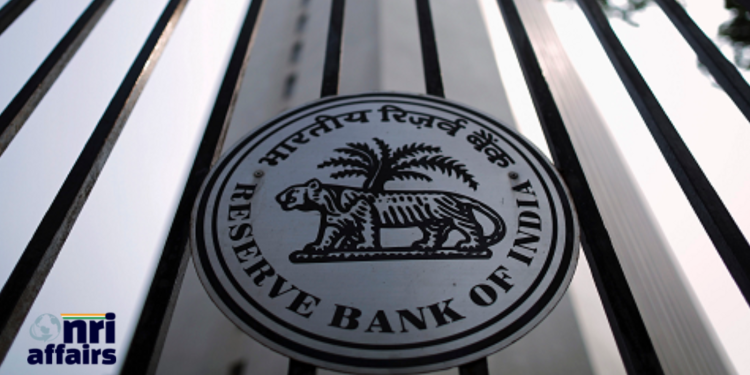In a move towards fostering wider non-resident involvement in Sovereign Green Bonds, the Reserve Bank of India (RBI) is set to introduce a groundbreaking scheme aimed at facilitating investment and trading in these Bonds within the International Financial Services Centre (IFSC). This significant announcement was made by RBI Governor Shaktikanta Das during the recent outcome presentation of the RBI monetary policy review.
Introduction to the Scheme
Governor Das unveiled the pivotal decision, emphasizing the RBI’s commitment to broaden the scope of non-resident participation in green investments. This innovative scheme, once notified, will streamline the process for non-residents to invest in Sovereign Green Bonds within the IFSC. Such a move not only underscores the RBI’s proactive stance towards sustainable finance but also signifies a concerted effort to align India’s financial ecosystem with global sustainability goals.
Empowering Small Finance Banks
In addition to the initiative pertaining to Sovereign Green Bonds, Governor Das announced another significant development aimed at empowering Small Finance Banks (SFBs). Until now, SFBs were restricted to using only Interest Rate Futures (IRFs) for proprietary hedging. However, in a move geared towards enhancing their operational flexibility, the RBI has decided to permit SFBs to utilize other permissible rupee interest derivative products. This strategic decision is poised to bolster the resilience of SFBs by enabling them to effectively hedge against interest rate risks, thereby fortifying their financial stability.
Mobile App for Retail Direct Portal Access
Governor Das further unveiled plans to launch a mobile application to facilitate access to the RBI Retail Direct Scheme portal. Launched in November 2021, the RBI Retail Direct Scheme aims to democratize access to government securities (G-secs) for retail investors. By introducing a dedicated mobile app, the RBI seeks to enhance the accessibility and convenience of the Retail Direct portal, thereby fostering greater participation from retail investors. This initiative not only aligns with the RBI’s broader objective of deepening the G-sec market but also reflects a concerted effort to empower retail investors by providing them with seamless access to government securities.
Monetary Policy Review Outcome
In its latest monetary policy review, the RBI decided to maintain the repo rate at 6.5 percent for the seventh consecutive time. This decision comes in the wake of a comprehensive assessment of macroeconomic and financial developments, coupled with a forward-looking outlook. With a majority vote of 5 to 1, the Monetary Policy Committee (MPC) opted to retain the policy repo rate at its current level.
Furthermore, the standing deposit facility (SDF) rate, marginal standing facility (MSF) rate, and Bank Rate remain unchanged at 6.25 percent, 6.75 percent, and 6.75 percent respectively. The MPC reiterated its commitment to gradually withdraw accommodation to ensure that inflation converges towards the target while concurrently supporting economic growth.
The RBI’s announcement regarding the introduction of a scheme for facilitating non-resident participation in Sovereign Green Bonds within the IFSC underscores its unwavering commitment to sustainable finance and global environmental stewardship. Moreover, initiatives aimed at empowering Small Finance Banks and enhancing retail investor participation through innovative digital solutions further exemplify the RBI’s proactive approach towards fostering financial inclusion and stability. As India continues its journey towards economic resilience and sustainable growth, such forward-thinking initiatives play a pivotal role in shaping the future of its financial landscape.










